Today, Airbus is sharing its one-off working demonstration model of the Racer in France’s southern port city of Marseille for the first time,
Reuters reports. It follows new flight images and video posted by Airbus
earlier this week that shows how it can take off like a helicopter and make a smooth landing without a long runway. The Racer had its
first flight in April.
In an email to
The Verge, Airbus Helicopters head of external communications Laurence Petiard writes that a ceremony was held today for the company’s partners in the Clean Sky 2 project, involving 40 partners from 13 different European countries. “They were able to see Racer in flight and then on static display,” Petiard said.



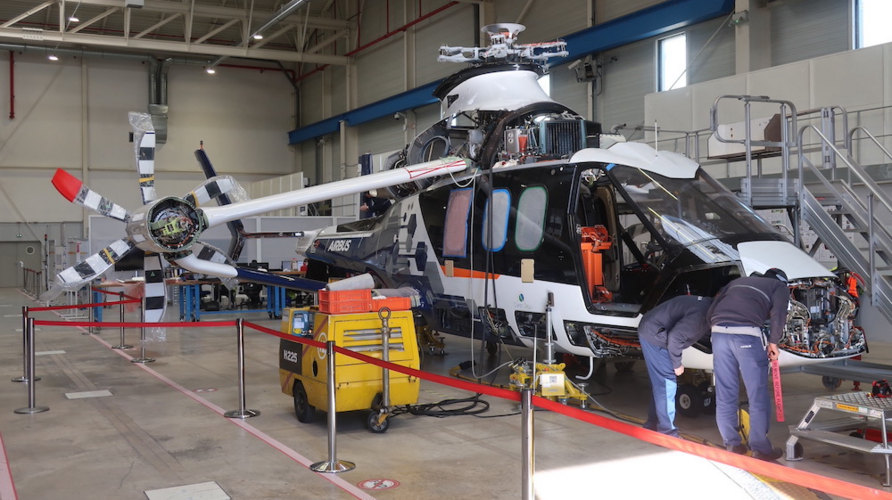
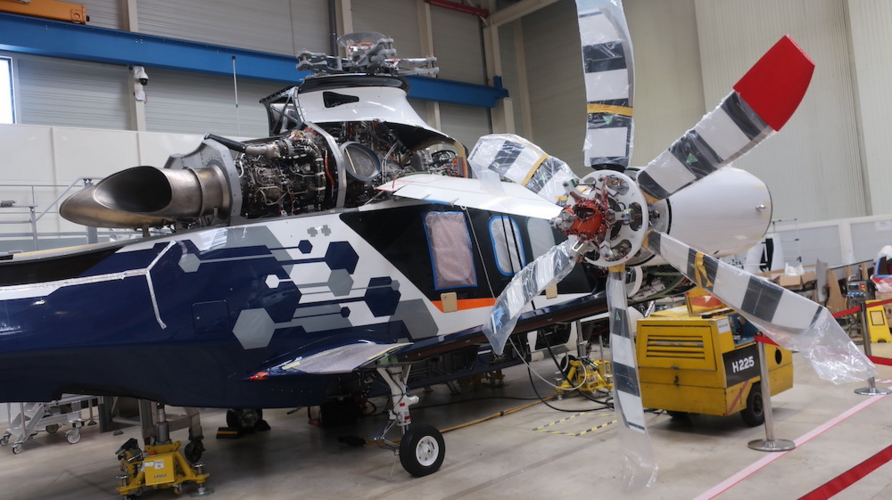
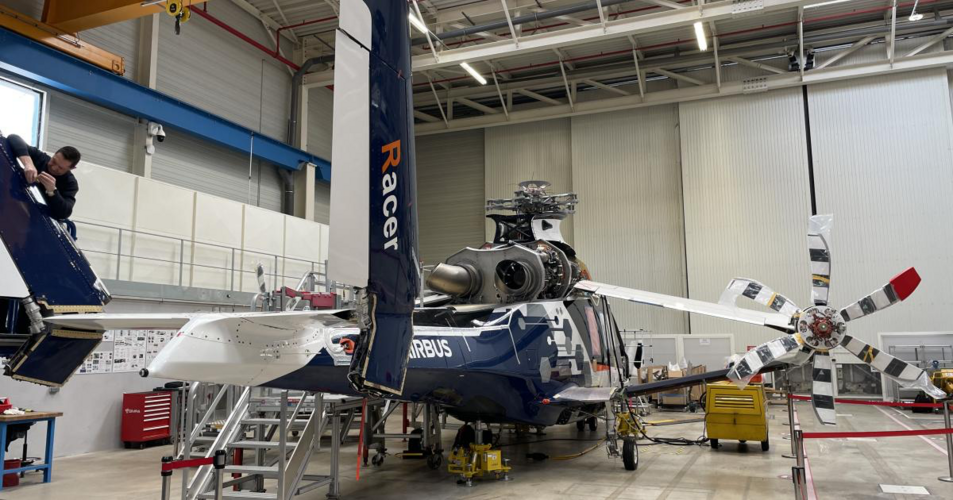


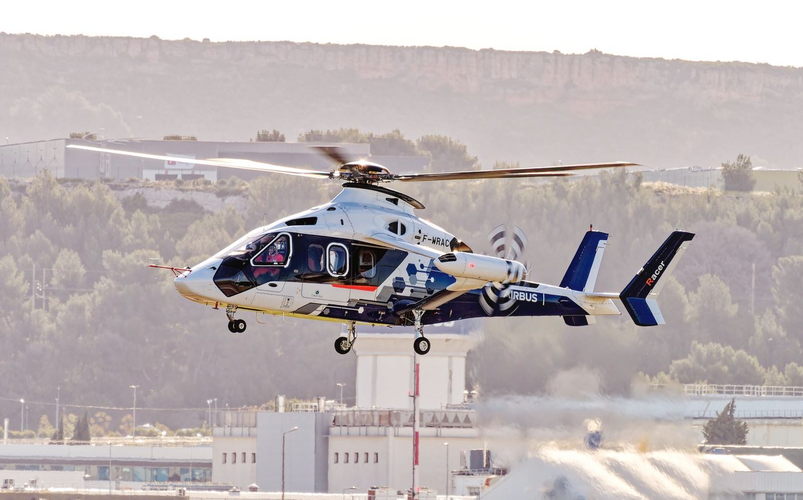



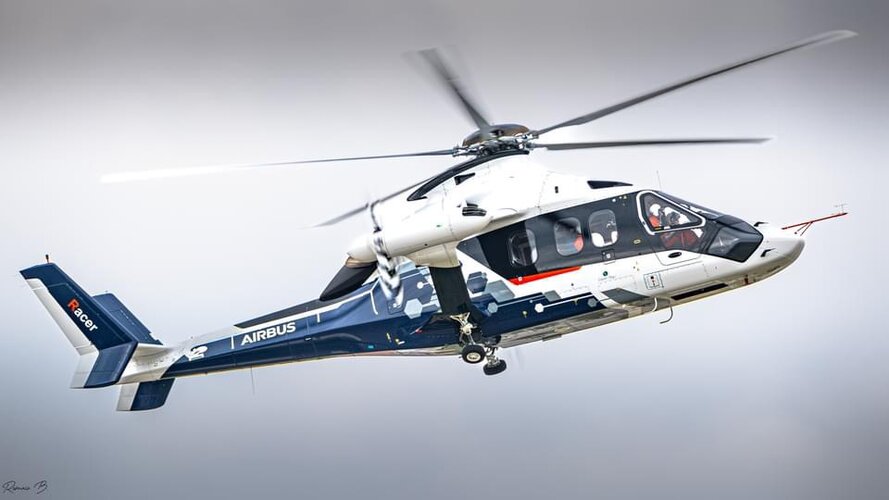


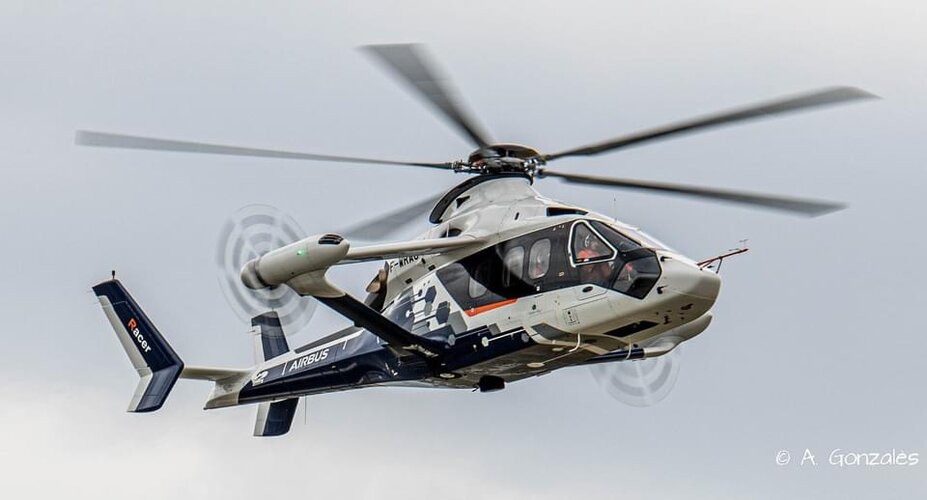





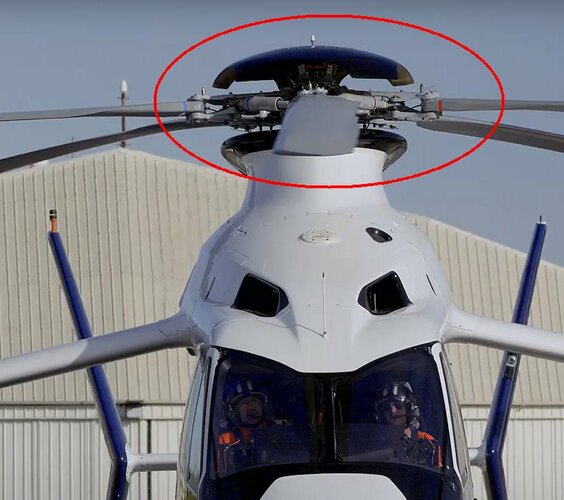
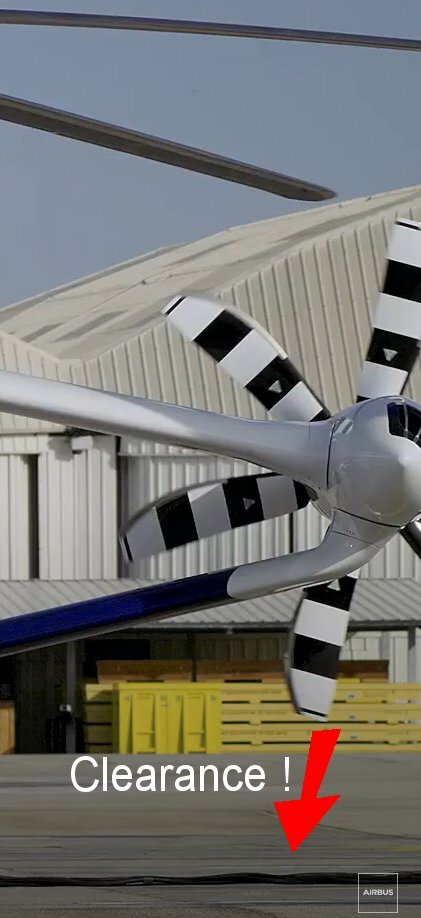
![p1b8v1fjn19odofa4n5164p1o4p6.jpg.optimal[1].jpg p1b8v1fjn19odofa4n5164p1o4p6.jpg.optimal[1].jpg](https://www.secretprojects.co.uk/data/attachments/264/264771-6dd9d7c8bb8eae9be538b228da9f9dda.jpg)



